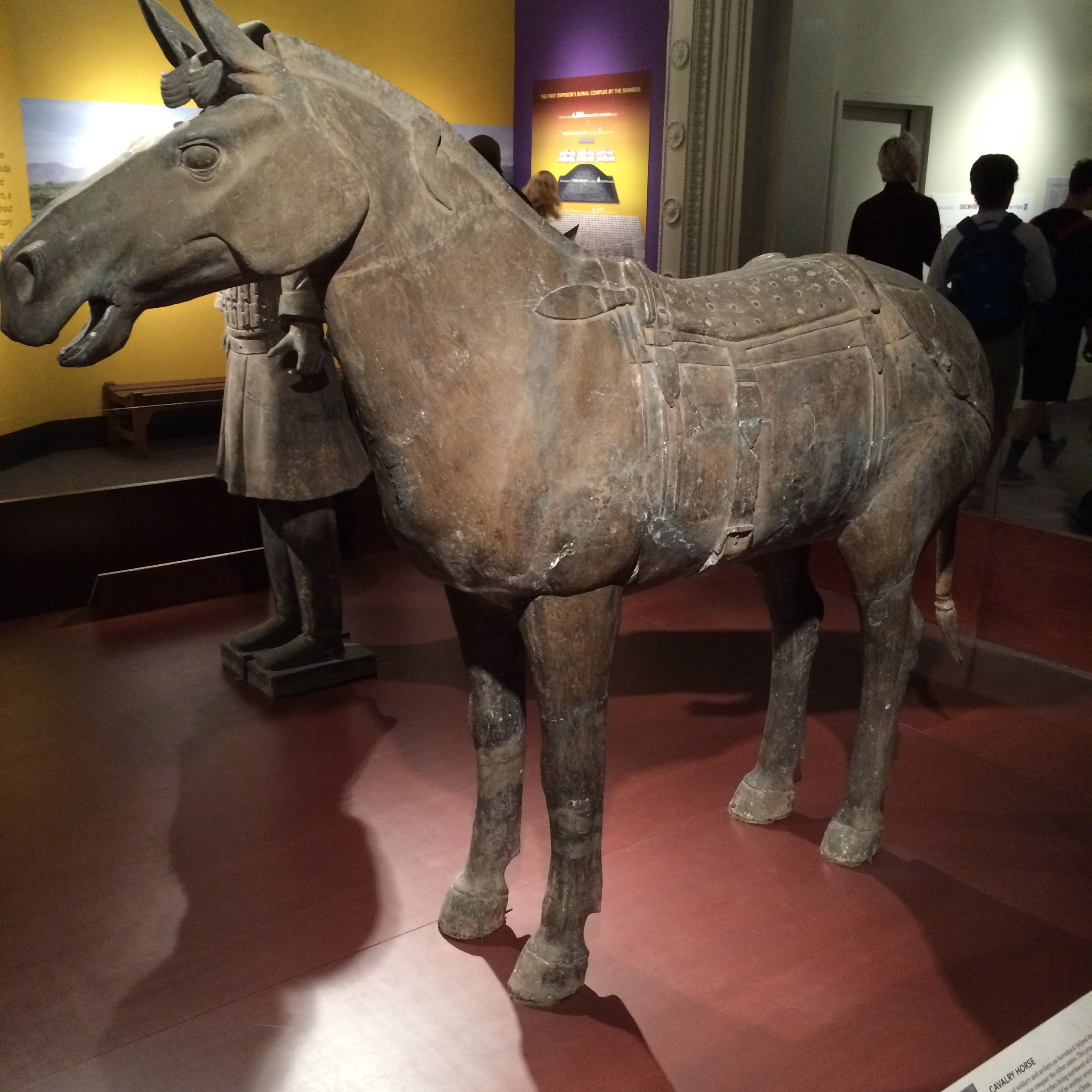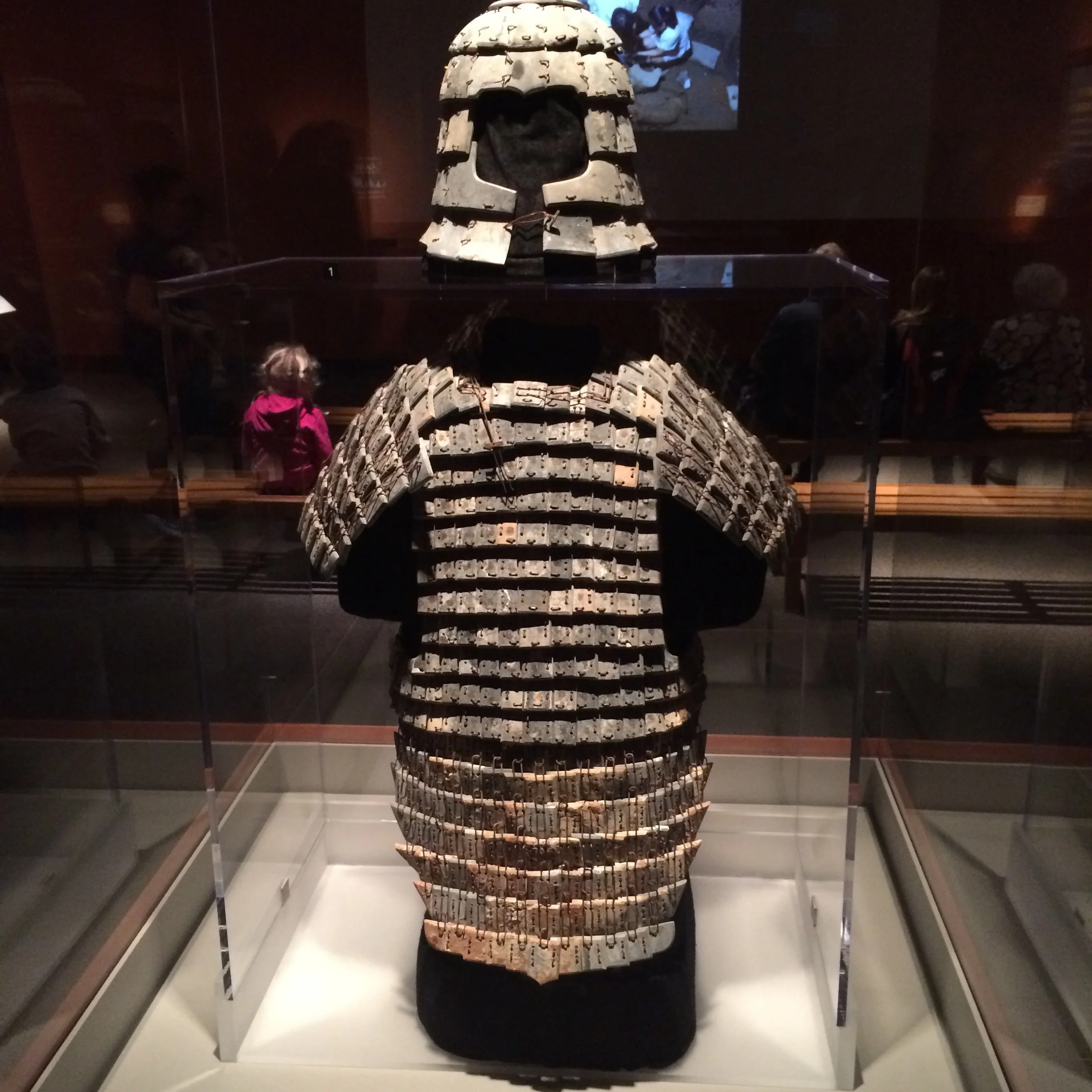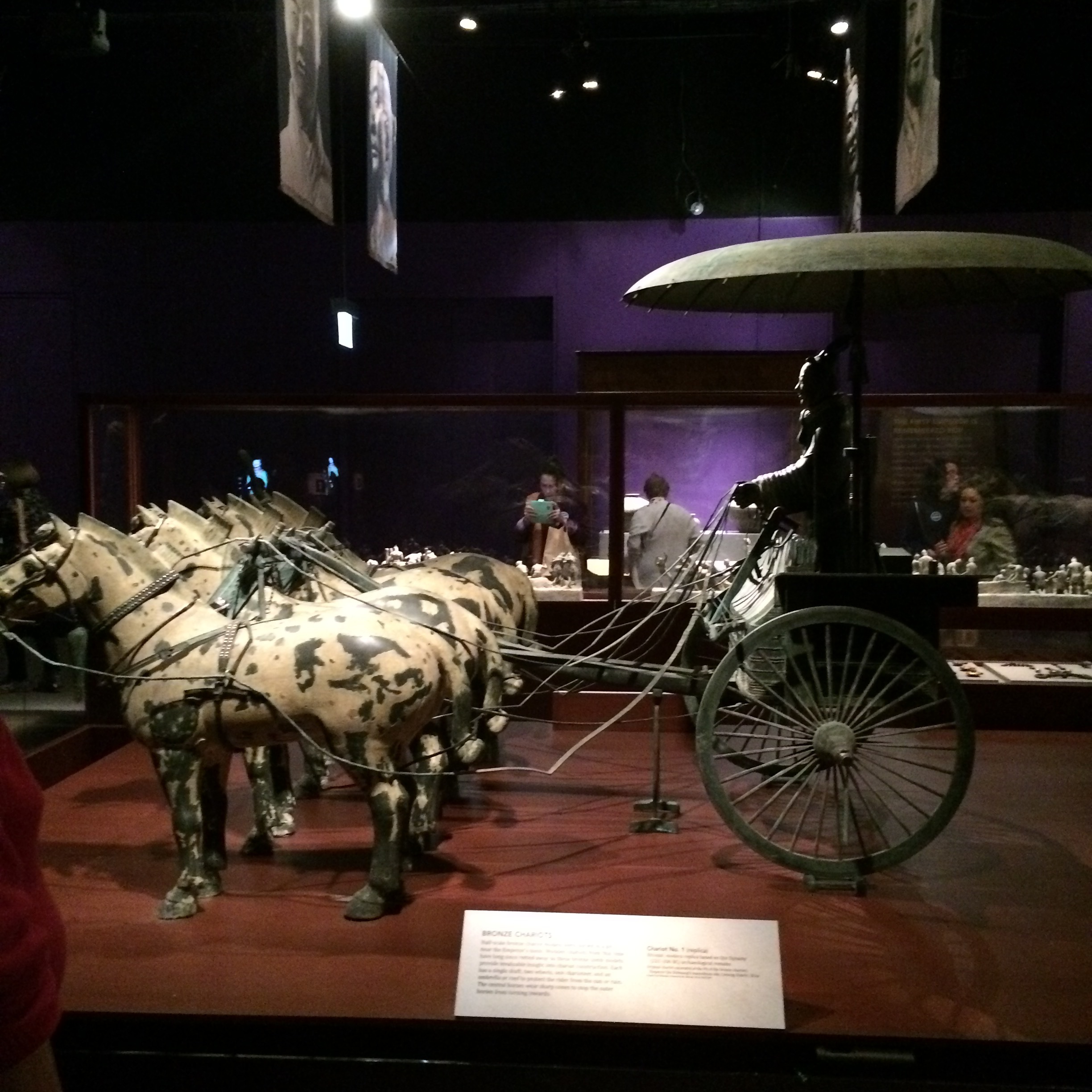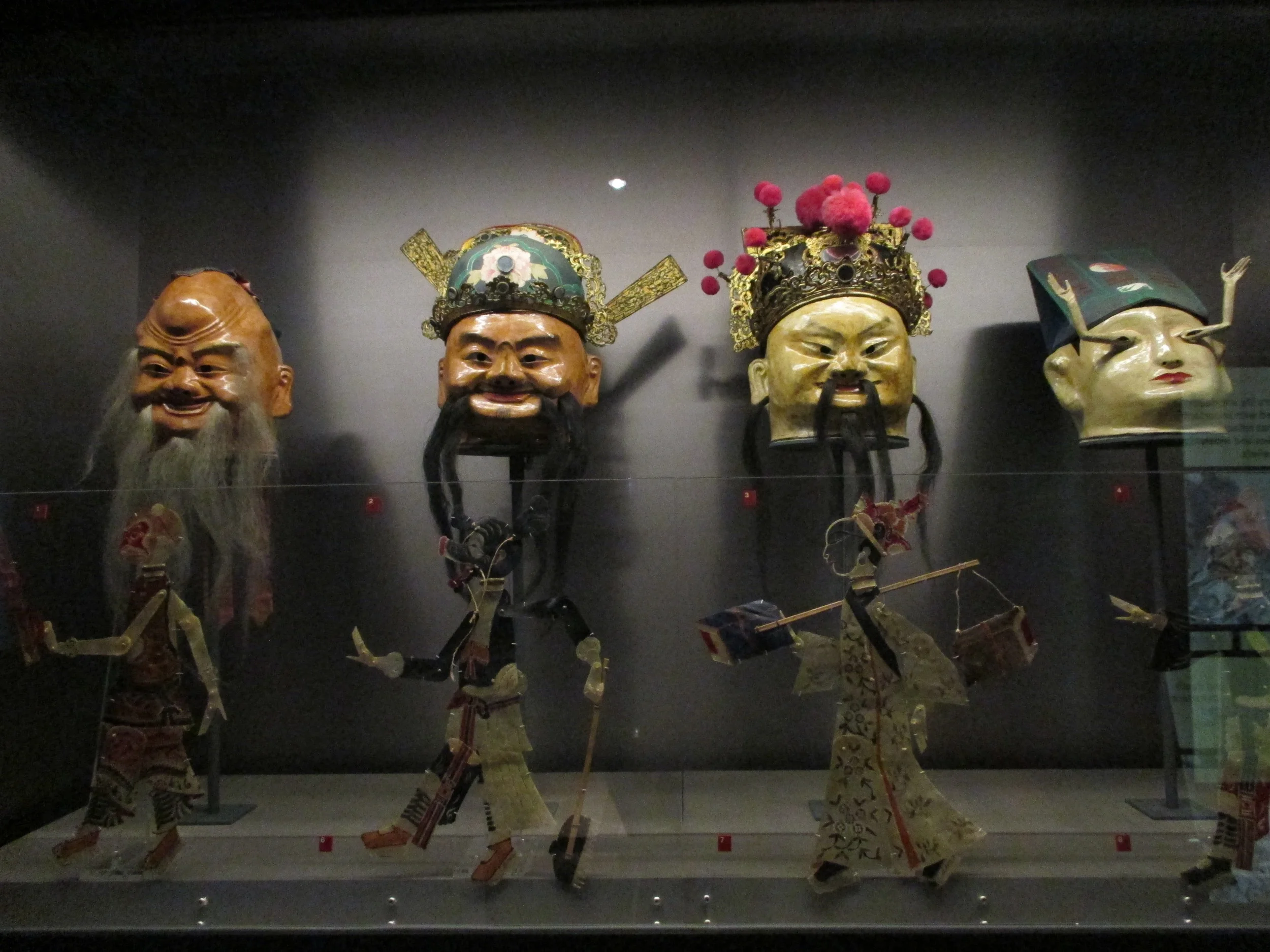One of the best things about living in Chicago is having access to a bunch of amazing museums. I can (and do!) pop in for a few hours pretty often. Big museums can be really overwhelming, so I love knowing I don’t have to see the whole museum every time I go.
On May 20, I went to the 65th Annual Members' Night at the Field Museum of Natural History, and it was fantastic! Visitors can explore parts of the museum that are usually off-limits to people who don’t work there, like its vast vaults and storage spaces, and talk to the curators, scientists and staff of the Field.
The Field Museum’s original collection came from objects collected for the World’s Columbian Exposition in 1892-3. There are also cultural artifacts from around the world, and thousands of specimens from the natural world. I was curious to find out more about how and where the Field Museum collects its specimens, and how the museum works with other countries and peoples whose artifacts are part of the collection.
First we explored the Cyrus Tang Hall of China. The exhibit explores the history of China from the Paleolithic era through the Han dynasty. This was the first time I’d learned about prehistoric and ancient China. It was fascinating! The museum uses dioramas to depict early settlements, mixed with historic objects, later, writings, plus some interactive, digital displays to share the story. I was struck by how similar prehistoric China was to prehistoric cultures in other parts of the world. The pots even looked similar to contemporary Etruscan and ancient Greek pottery. My favorite part was a display of shadow puppets that are shown next to a video of a shadow puppet performance. On one side of the screen you see the puppet show with subtitles, and if you walk around, you see a video of the puppeteers maneuvering the puppets. From the front, it looks simple, but the puppeteers are very skilled!
Seeing the shadow puppets in action in the video, I was too caught up in the story to appreciate the detail in the puppets, so it was cool to see them on display as well.



Later in the evening, I got to talk to a woman in exhibit development about the digital displays, like the one with the scroll, and what a great resource they were for finding out more about the objects we were looking at, and how they fit into the culture. The museum does a lot of testing with visitors to make sure the displays are easy to use and share information people are interested in learning.
Primed with this great background on ancient China, we headed into “China’s First Emperor and His Terracotta Warriors.” The exhibit included about a dozen of the famous terracotta warriors of Xi’an in Western China. I learned that the warriors were part of a massive tomb complex that included everything the Emperor might need in the afterlife. Again, I was struck by how similar the concept of the afterlife was to that of Ancient Egypt, but the burial site in Xi’an is massive.
How cool are the figures?!









